Huawei Qingyun L540 uses a self-designed processor and “made in China” operating system, eliminating foreign components and software as much as possible.
The laptop model is used by Chinese government and state agencies, becoming a symbol of a localization campaign called Xinchuang (information technology application innovation).
For decades, China has wanted to build a domestic technology supply chain, especially for foundational components like semiconductors, but progress has been slow.
Washington's restrictions on high-tech goods have forced Beijing to redouble its efforts.

ChinesePresident Xi Jinping has ordered increased R&D efforts in semiconductors, machine tools and platform software as they are the backbone for an independent, secure and controllable supply chain.
According to the Financial Times , since last year, state agencies have been instructed to phase out computers using American processors. Since the directive was implemented in March, they have gone from buying only laptops with Intel and AMD chips to three-quarters of their devices using Chinese chips such as Huawei, Shanghai Zhaoxin and Phyium. Of these, the majority of orders are for Huawei Qingyun L540.
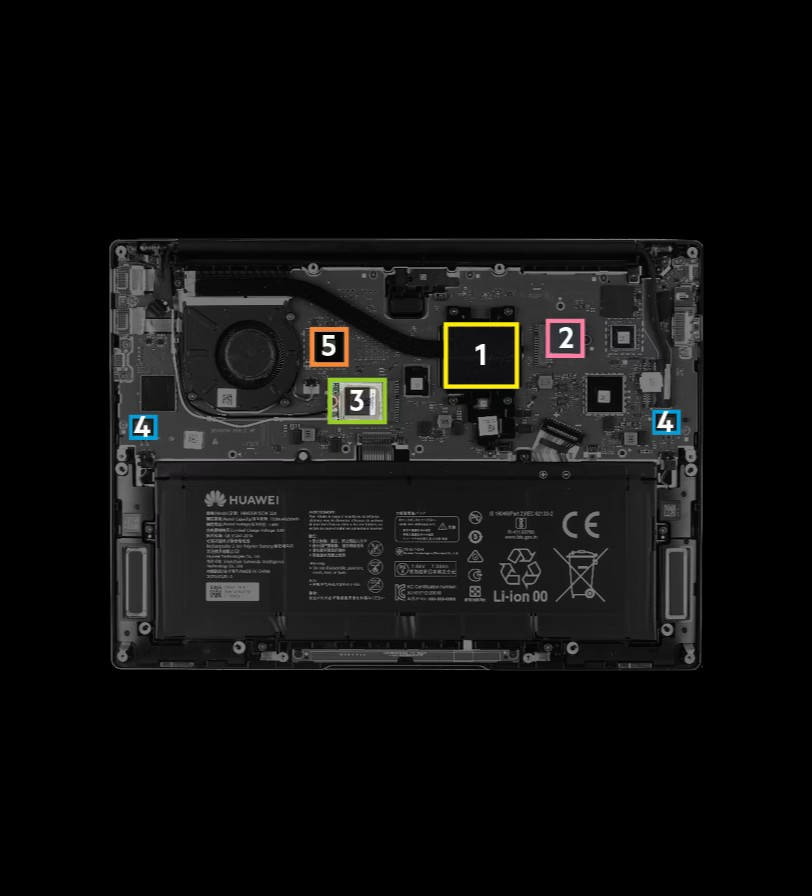
The Financial Times and TechInsights have taken apart this laptop to learn about the technological advances inside. Accordingly, it uses a HiSilicon 9006C processor manufactured in August 2020 on the TSMC foundry's 5nm process and stockpiled by Huawei before the US imposed the embargo.
Regarding the hard drive, the 512GB SSD hard drive was manufactured by SK Hynix in mid-December 2020 at the group's factory in China.
Another chip from Huawei HiSilicon appears to be responsible for Wi-Fi and Bluetooth connectivity. The audio amplifier chip comes from Goodix, a Shenzhen-based company. The USB Controller chip is a product of Microchip, which helps the processor communicate with devices connected via USB ports.
The operating system on the Qingyun L540 is the Unity Operating System based on Linux. Users can play music, edit photos, edit text, and spreadsheets similar to Windows, but all applications are developed by Chinese companies.
For example, the Word-like application is from Kingsoft and saves files as “.wps” instead of “.docx”.
However, Huawei laptops have not been able to completely "divorce" foreign technology, showing that the challenges cannot be solved overnight.
Important components such as processors, USB controllers and hard drives are all foreign and were manufactured before the US embargo. SK Hynix said it complied with US export restrictions and has since stopped trading with Huawei.
When companies have no other choice, it creates a market for local players, said Lin Qingyuan, a hardware expert at research firm Bernstein.
TechInsights analysis found that most of the key chips are designed in China, accounting for about $109 of a laptop's $182 integrated circuit (IC).
TechInsights senior analyst Stacy Wegner points out that this is not a typical ratio for a laptop. “It’s a very Chinese IC laptop,” she says.
(According to Financial Times)
Source: https://vietnamnet.vn/mo-bung-laptop-huawei-tiet-lo-tien-bo-cong-nghe-cua-trung-quoc-2325668.html


![[Photo] More than 17,000 candidates participate in the 2025 SPT Competency Assessment Test of Hanoi National University of Education](https://vphoto.vietnam.vn/thumb/1200x675/vietnam/resource/IMAGE/2025/5/17/e538d9a1636c407cbb211b314e6303fd)


![[Photo] Readers line up to visit the photo exhibition and receive a special publication commemorating the 135th birthday of President Ho Chi Minh at Nhan Dan Newspaper](https://vphoto.vietnam.vn/thumb/1200x675/vietnam/resource/IMAGE/2025/5/17/85b3197fc6bd43e6a9ee4db15101005b)

![[Photo] Prime Minister Pham Minh Chinh chairs meeting on science and technology development](https://vphoto.vietnam.vn/thumb/1200x675/vietnam/resource/IMAGE/2025/5/17/ae80dd74c384439789b12013c738a045)




![[Photo] Explore the Great Wall of Water in the Suburbs of Beijing, China](https://vphoto.vietnam.vn/thumb/402x226/vietnam/resource/IMAGE/2025/5/5/c2e706533d824a329167c84669e581a0)

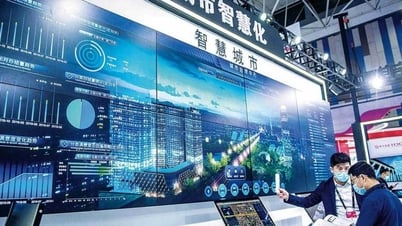




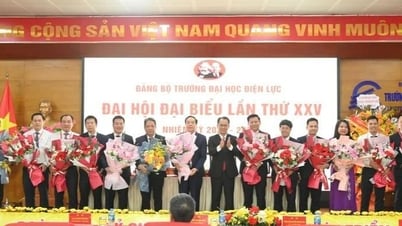




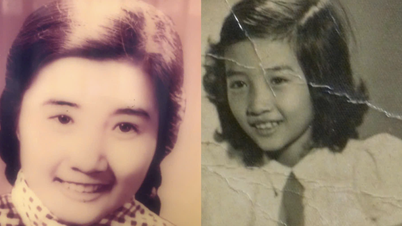

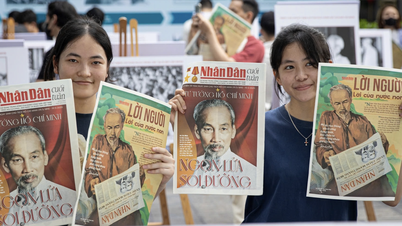
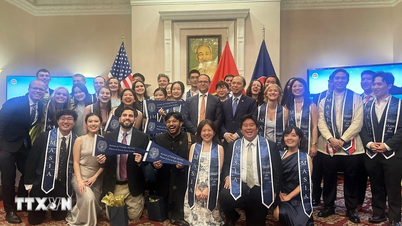











![[Photo] Nearly 3,000 students moved by stories about soldiers](https://vphoto.vietnam.vn/thumb/1200x675/vietnam/resource/IMAGE/2025/5/17/21da57c8241e42438b423eaa37215e0e)



















































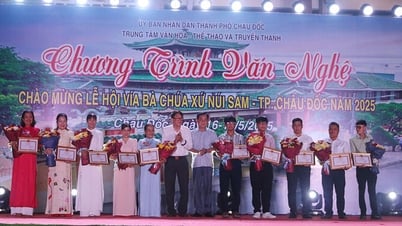












Comment (0)